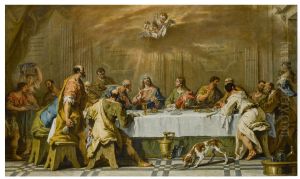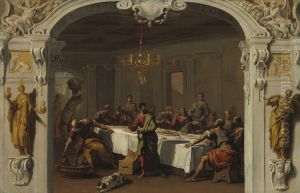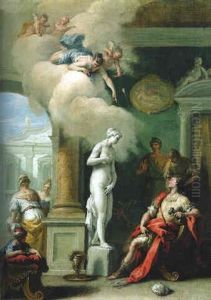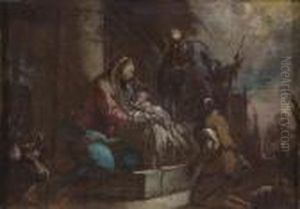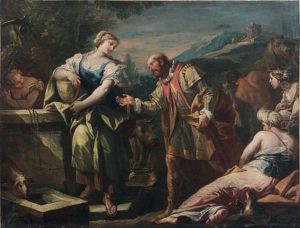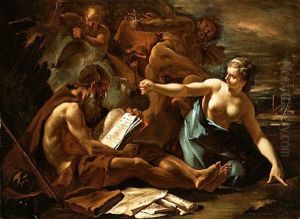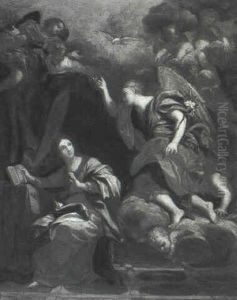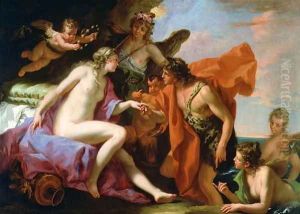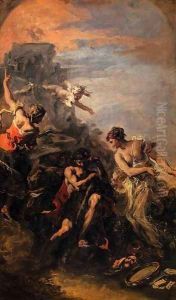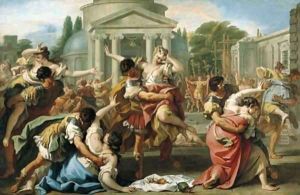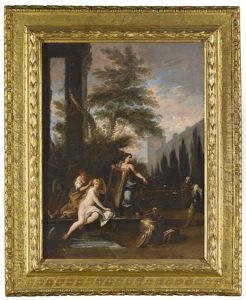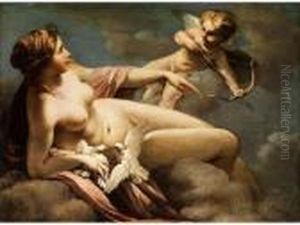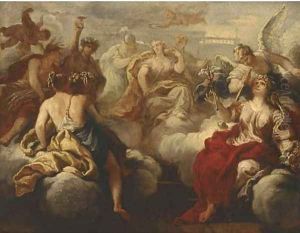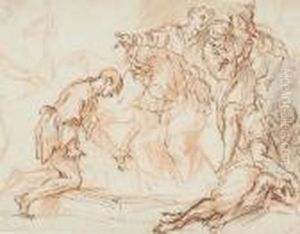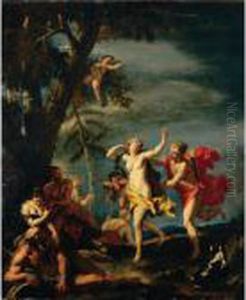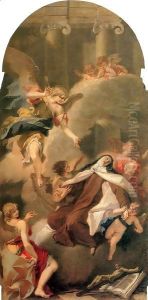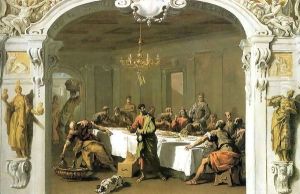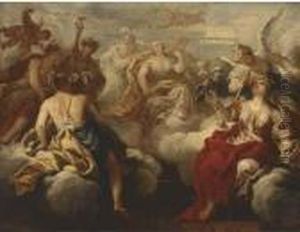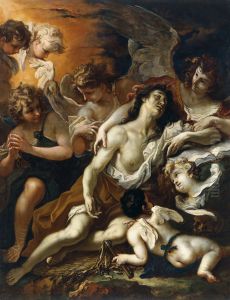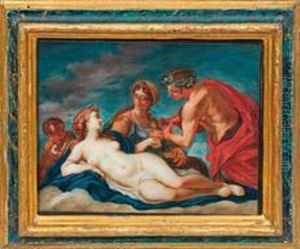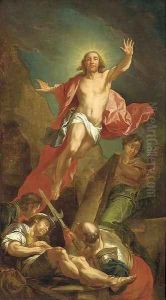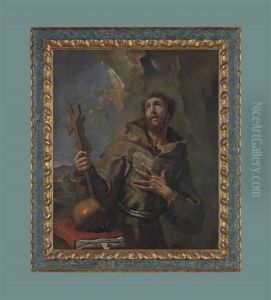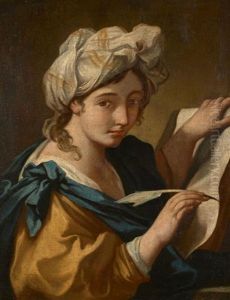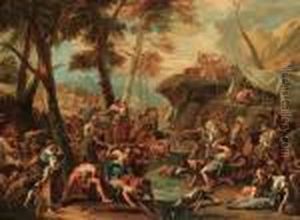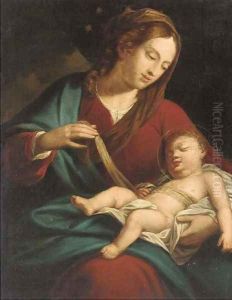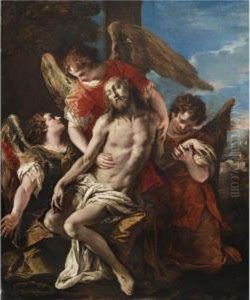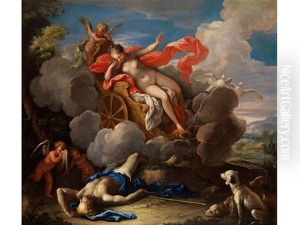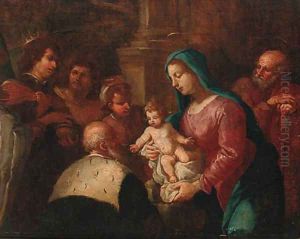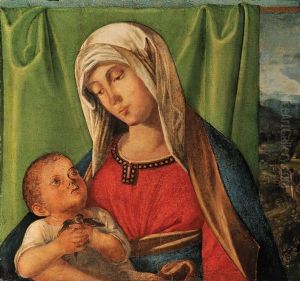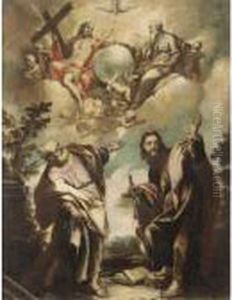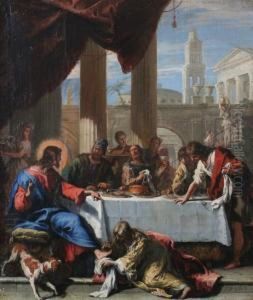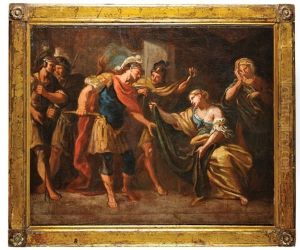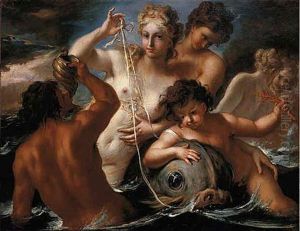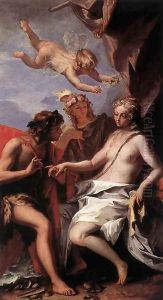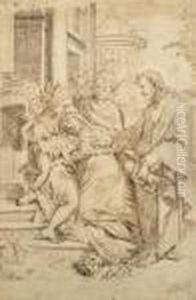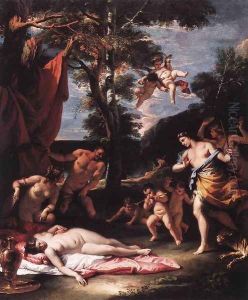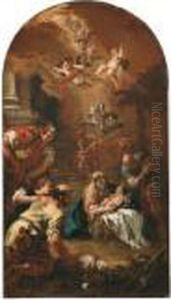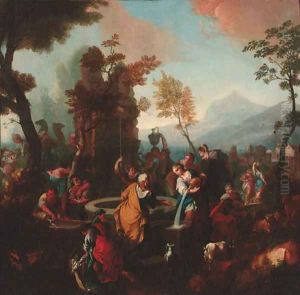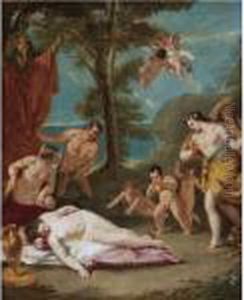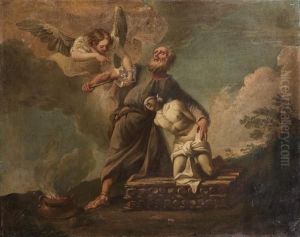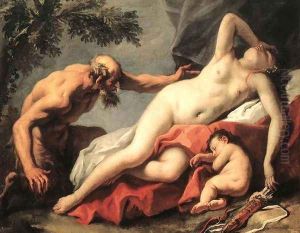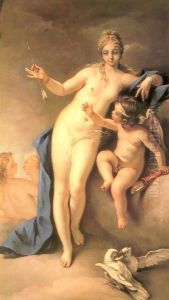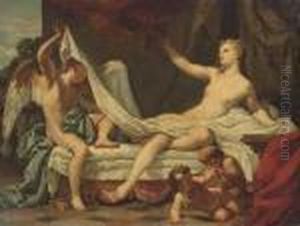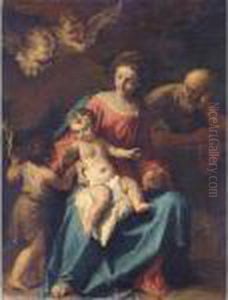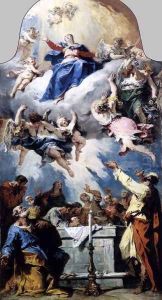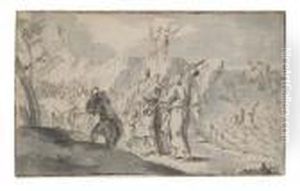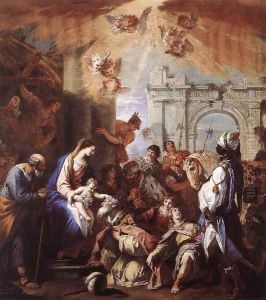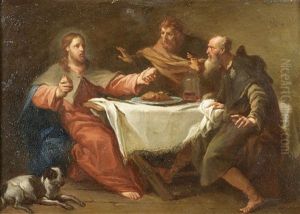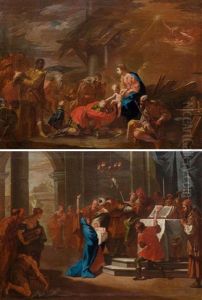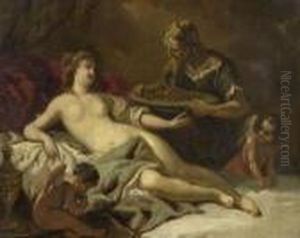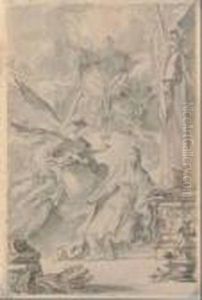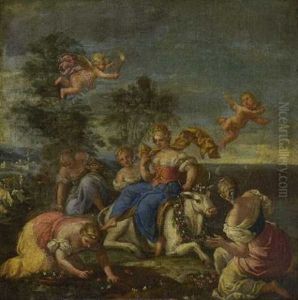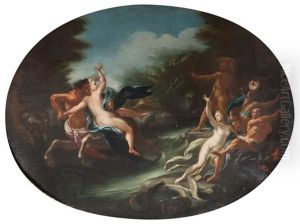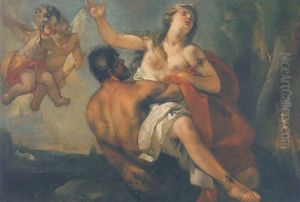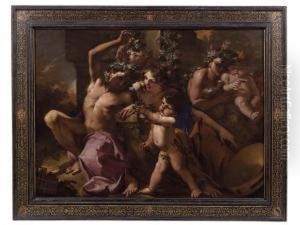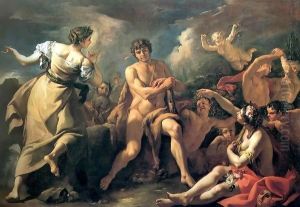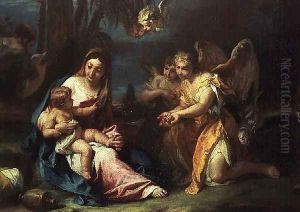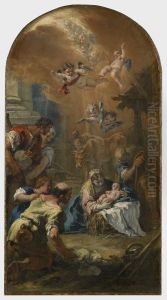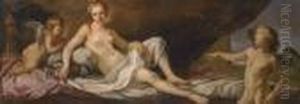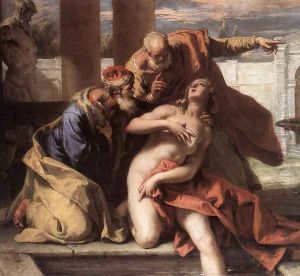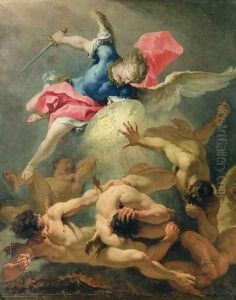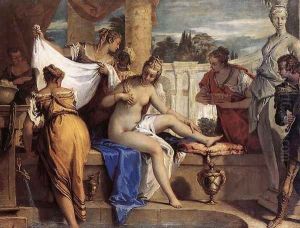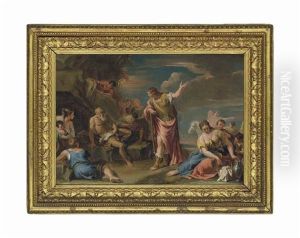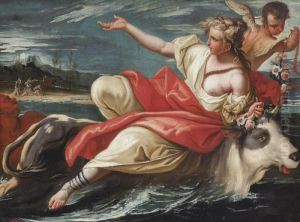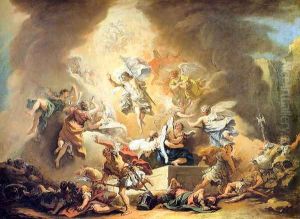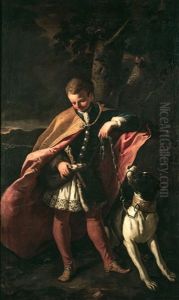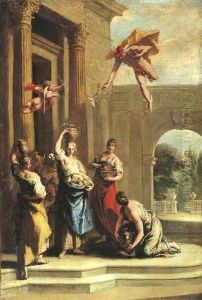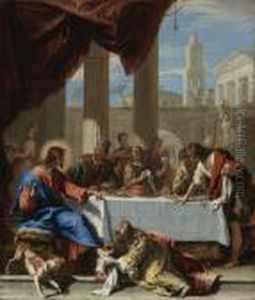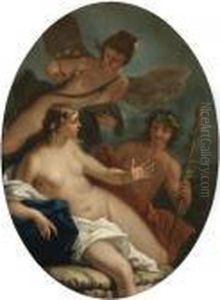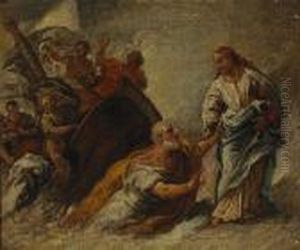Sebastiano Ricci Paintings
Sebastiano Ricci was an Italian painter of the late Baroque school of Venice. Born on August 1, 1659, in Belluno, a small town north of Venice, Italy, Ricci was part of a family with a modest artistic background. His uncle was a painter, and it was under his guidance that Ricci began his artistic training. Ricci's early work was influenced by the Baroque masters of the time, and he became known for his dynamic compositions and vibrant use of color.
Ricci's career was marked by both success and controversy. In his early years, he was involved in a scandal that led to a brief imprisonment, but he managed to rebuild his reputation. He traveled extensively throughout Italy, working in Florence, Venice, and Rome, where he was exposed to the works of other Baroque artists, which further influenced his style.
In Florence, Ricci was influenced by the Medici court and began to develop a more graceful and elegant style, incorporating the emerging Rococo elements. His work from this period includes frescoes in the Palazzo Marucelli-Fenzi and the Corsini Chapel in the Church of Carmine.
Upon his return to Venice in the late 17th century, Ricci became a leading figure in the Venetian art scene. He executed major commissions for churches and palaces, including work for the Doge's Palace and the church of Santa Maria dell'Orto. His Venetian paintings show a mastery of light and a softening of contours, which would be influential on the next generation of Venetian painters, including Giovanni Battista Tiepolo.
Ricci also spent time in England from 1711 to 1716, where his work was well received. He painted several works for the Burlington House in London and produced a series of canvases for the Duke of Portland.
Throughout his career, Sebastiano Ricci was known for his frescoes and altarpieces, which combined the grandeur of the Baroque with the decorative lightness of the Rococo. His figures are often dynamic and expressive, with an emphasis on dramatic effects of light and shadow.
Ricci's legacy is significant in the transition from the grandiose style of the Baroque to the more decorative and playful Rococo. His ability to adapt his style and his successful integration of different artistic influences made him a pivotal figure in the development of 18th-century Venetian art. He died on May 15, 1734, in Venice and left behind a body of work that continues to be admired for its vibrancy and elegance.
